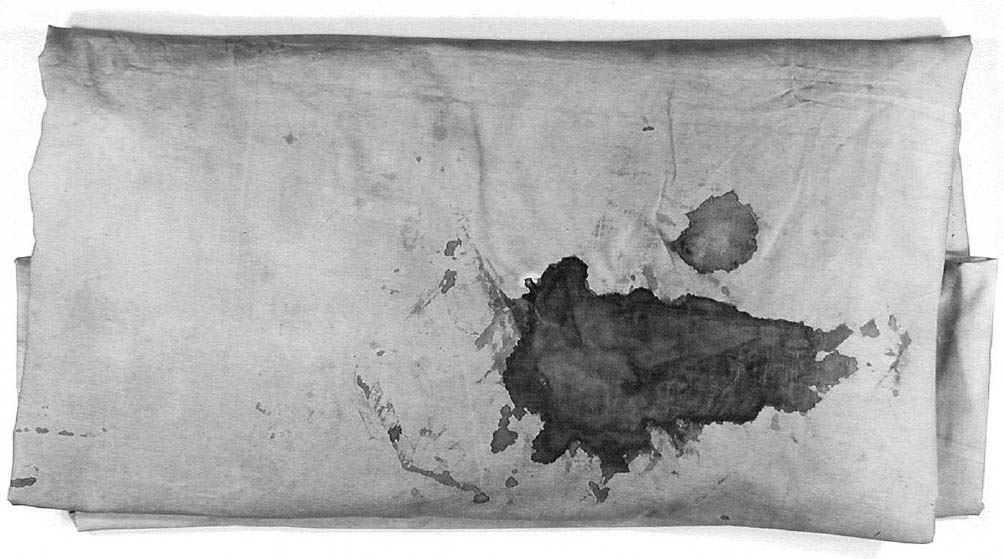CONNECTIVE TISSUES: ETHICAL GUIDELINES FOR BIOHISTORICAL RESEARCHNANCY BUENGER
1 INTRODUCTIONBiomolecular technologies offer new frontiers for interdisciplinary research with historical human biological artifacts. Academic, commercial, and private investigators are seeking access to bone fragments, locks of hair, preserved organs, and blood-stained garments from historical collections and sites for biomolecular research (fig. 1). Does biomolecular analysis yield meaningful evidence for historians?
The rapid development of biotechnologies in the 1990s, particularly DNA analysis, was accompanied by a wave of highly publicized investigations of historical human biological tissues or traces, also known as biohistorical research. Biohistorical investigators have included a range of specialists in anthropology, forensics, genetics, and molecular biology as well as documentary film companies, commercial DNA marketers, private collectors, armchair historians, and individuals seeking information on their family or cultural heritage; academic historians have been notably absent in these endeavors. Researchers have increasingly sought access to nonindigenous biological samples from historical collections and sites in the wake of the 1990 Native American Graves Protection and Repatriation Act (NAGPRA) and improvements in ancient DNA (aDNA) analytical techniques. Biohistorical research proposals have generated historical, scientific, and social concerns, including the justification for the proposed research, appropriateness of the study design, destruction of fragile museum specimens, the relevance of informed consent, potential harm to living relatives, cultural respect for the dead, confidentiality of medical and genetic information, and the interpretation of study results. The ambiguous legal status of human remains contributes to these debates. Human subject protections are codified for federally funded research with the living but do not apply to the dead. State protections vary but have progressively allowed tissue retention and analysis as the research value of cadaver tissue increases (Nelkin and Andrews 1998). Although NAGPRA strengthened federal protections for indigenous skeletal remains, forensic anthropologists have launched legal and research initiatives challenging the statute (Bonnichsen 1997, 2002, 2004; Jantz and Owsley 2001). Custodians of cultural collections and sites face considerable difficulties when evaluating research requests involving their historical human biological holdings. Codes of ethics and practice are splintered among professional specialties and do not adequately address biological tissue analysis. Caretakers of cultural collections typically lack the specialist knowledge necessary for evaluating genetic research proposals. The politicization of research with the dead, funding offered by commercial companies, and the lure of biotechnology publicity further complicate the decision-making process. The Chicago Historical Society (CHS) and the Institute for Science, Law, and Technology (ISLAT) at the Illinois Institute of Technology have initiated a multiyear project to develop ethical guidelines for biohistorical research with funding from the National Science Foundation. The project is an outgrowth of requests for access to historical human biological materials at CHS as well as ISLAT's interest in promoting discussion of critical issues at the intersection of law and technology. While primarily focusing on the implications of bioanalysis for historical as opposed to anthropological research, the CHS-ISLAT collaboration is encouraging an interdisciplinary and intercultural dialogue to consider common concerns. Genetic analysis is a central consideration because of its implications for living descendants as well as the preservation of cultural materials. An evaluation of historical, scientific, and social concerns raised by recent studies has generated preliminary suggestions for evaluating biohistorical research proposals. CHS and ISLAT are soliciting case studies as well as commentary on the project to promote a national dialogue on biohistorical research. |
